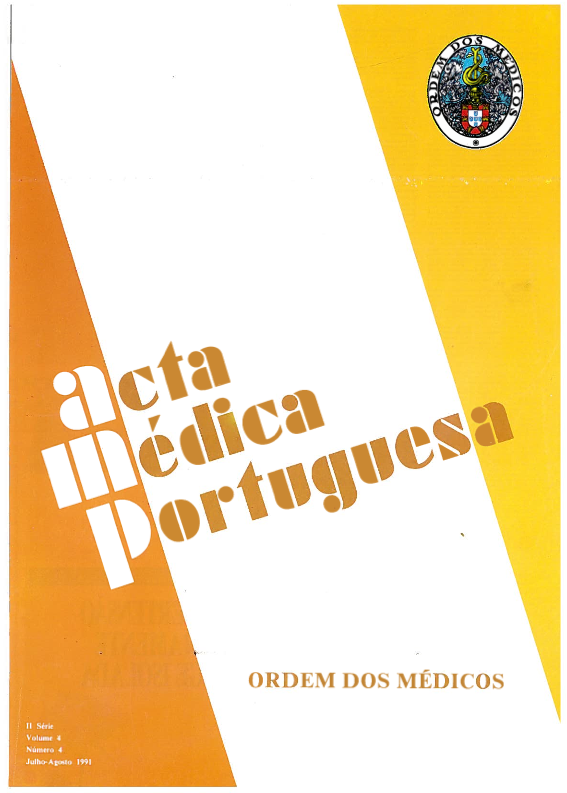Prognostic factors and survival model for decompensated hepatic cirrhosis.
DOI:
https://doi.org/10.20344/amp.3355Abstract
A group of 207 consecutive patients admitted for decompensated liver cirrhosis of different etiologies (alcoholic, HBsAg-associated and cryptogenic), was studied in order to assess the independent long-term (up to 5 years) prognostic value of 13 clinical, biochemical and etiological factors. These were analyzed by the Cox Regression Model using a step-wise backward procedure. The final model included bilirubin (p = 0.003), HBsAg (p = 0.006), encephalopathy (p = 0.010) and a factor comprising urea and albumin (p less than 0.001). The model was validated by a split-sample testing technique and may be used to predict survival in decompensated cirrhosis. A comparison with Child-Pugh's score in terms of survival prediction was carried out and was favorable to our model. We conclude that this model can be useful for predicting short and long-term survival in the three most common types of liver cirrhosis and that the additional overhead to calculate it seems justified in view of the large availability of microcomputers where simple programs can be run to perform this task and draw the predicted survival curves.Downloads
Downloads
How to Cite
Issue
Section
License
All the articles published in the AMP are open access and comply with the requirements of funding agencies or academic institutions. The AMP is governed by the terms of the Creative Commons ‘Attribution – Non-Commercial Use - (CC-BY-NC)’ license, regarding the use by third parties.
It is the author’s responsibility to obtain approval for the reproduction of figures, tables, etc. from other publications.
Upon acceptance of an article for publication, the authors will be asked to complete the ICMJE “Copyright Liability and Copyright Sharing Statement “(http://www.actamedicaportuguesa.com/info/AMP-NormasPublicacao.pdf) and the “Declaration of Potential Conflicts of Interest” (http:// www.icmje.org/conflicts-of-interest). An e-mail will be sent to the corresponding author to acknowledge receipt of the manuscript.
After publication, the authors are authorised to make their articles available in repositories of their institutions of origin, as long as they always mention where they were published and according to the Creative Commons license.









